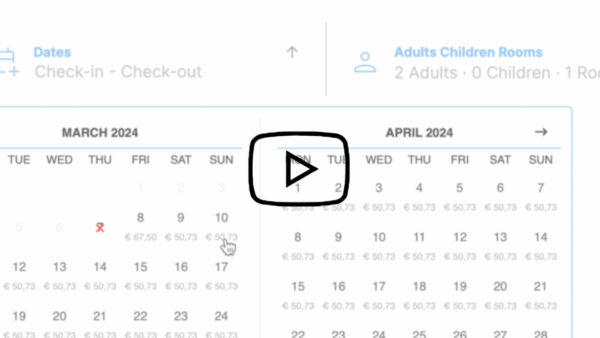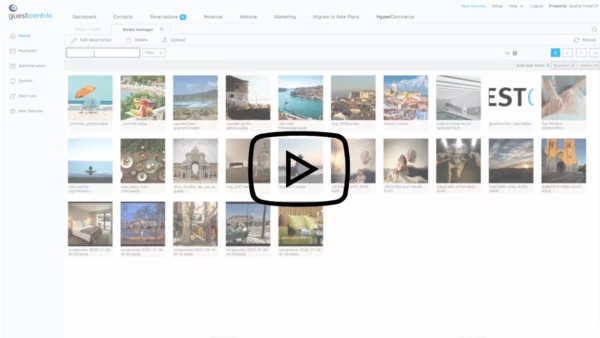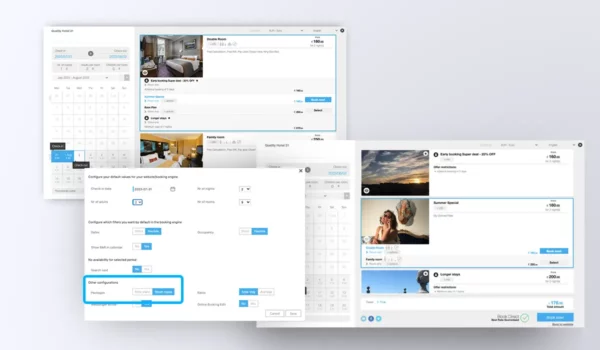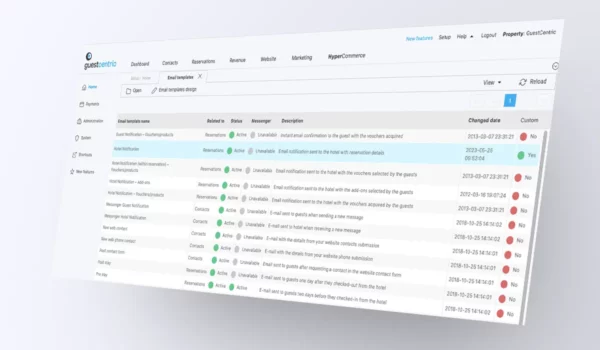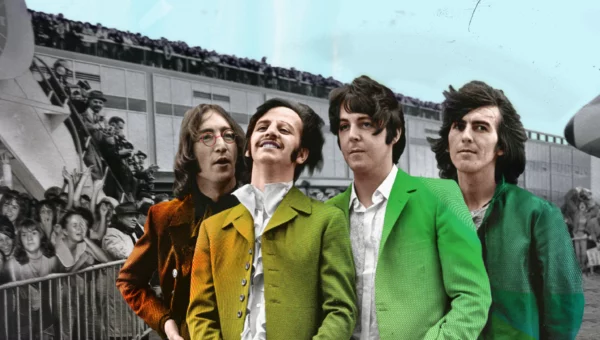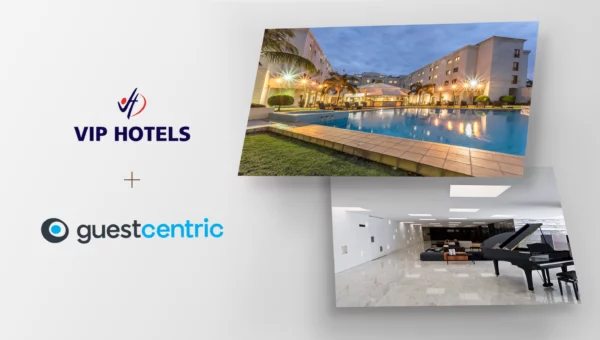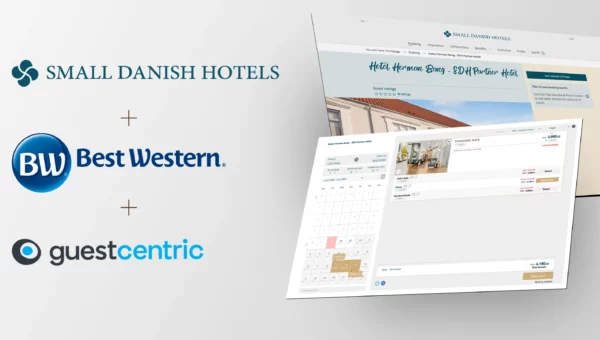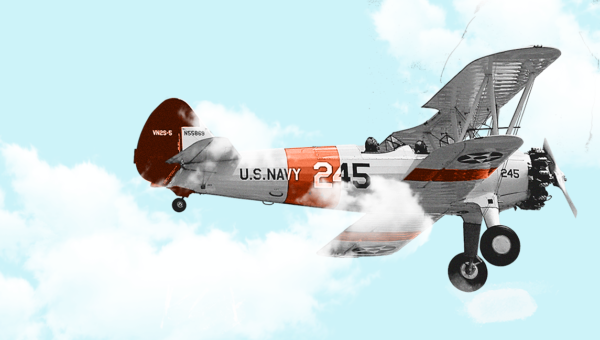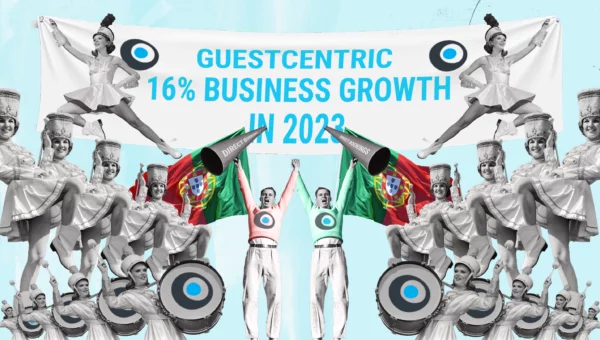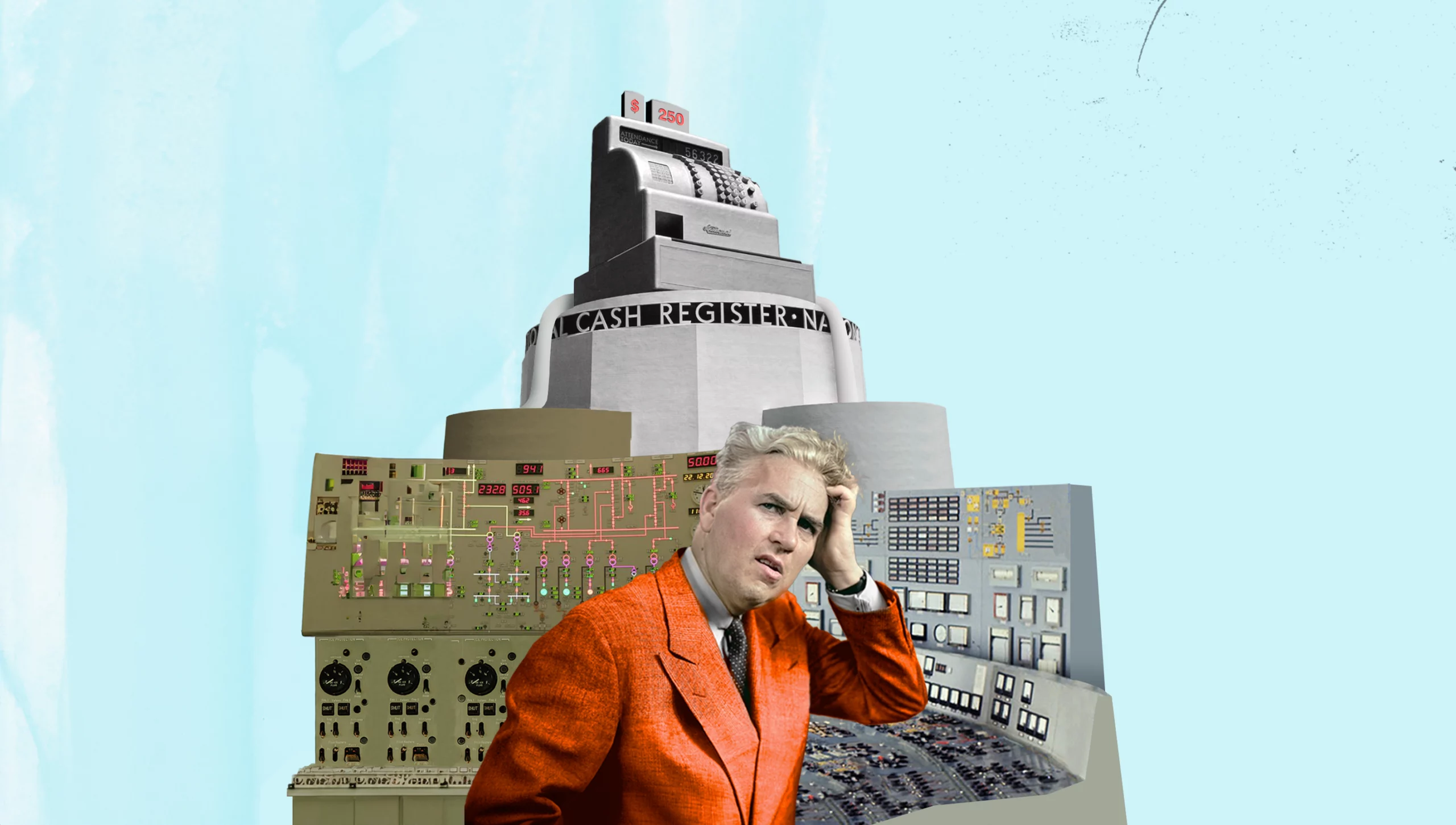3 Airline Tips for Hotel Groups to achieve Soaring Success
Reading Time: 3 minutesIn an era of constant evolution, industries must continuously innovate to stay competitive. The hospitality sector is no exception, with hotel groups seeking new ways to enhance customer experience and operational efficiency.
One intriguing model worth exploring is the airline industry’s business approach. By adopting certain aspects of the airline model, hotel groups can potentially revolutionize their business strategies. In this article, we’ll delve into the key components of the airline model and discuss three practical examples of how hotel groups can integrate these principles into their operations.
But first, why should hotel groups consider adopting the airline model?
In the dynamic landscape of the hospitality industry, adopting the airline model can serve as a strategic imperative for hotel groups. This approach can optimize revenue through dynamic pricing strategies. The airline model’s proven success in tailoring prices based on demand and seasonality allows hotels to maximize profitability during peak periods while enticing budget-conscious travelers during off-peak times.
Furthermore, incorporating tiered loyalty programs enhances guest retention by offering personalized perks, fostering brand loyalty, and ensuring a steady flow of repeat bookings. Diversifying revenue streams with ancillary services not only boosts income but also elevates the overall guest experience, transforming a simple stay into a comprehensive and memorable journey.
In essence, adopting the airline model can equip hotel groups with the tools to navigate market fluctuations, enhance customer satisfaction, and position themselves as innovators in an increasingly competitive industry. Below, we break down three practical ways your hotel group can consider implementing the airline model.
1. Dynamic Pricing Strategies
One of the most successful aspects of the airline industry is its dynamic pricing strategy. Airlines have mastered the art of adjusting prices based on various factors such as demand, seasonality, and booking trends. This dynamic pricing model allows airlines to optimize revenue by offering different prices for the same service at different times.
For hotel groups, implementing a dynamic pricing strategy can be a game-changer. By leveraging data analytics and technology, hotels can adjust room rates in real-time based on factors like occupancy rates, local events, and even weather conditions. For instance, during peak tourist seasons or major events in a city, hotels can raise their prices, maximizing revenue during high-demand periods. Conversely, during off-peak times, hotels can attract budget-conscious travelers by offering discounted rates, ensuring a steady stream of guests throughout the year.
2. Loyalty Programs with Tiered Memberships
Airlines have long understood the importance of customer loyalty, and they have implemented tiered membership programs to reward frequent flyers. These programs offer various benefits such as priority boarding, lounge access, and exclusive discounts, encouraging passengers to stick with a particular airline for their travel needs.
Hotel groups can emulate this successful model by introducing tiered loyalty programs. By categorizing guests into different tiers based on their frequency of visits and spending, hotels can offer personalized perks to enhance the overall guest experience. For example, top-tier members might enjoy complimentary room upgrades, exclusive access to hotel amenities, and personalized concierge services. This not only fosters brand loyalty but also encourages guests to choose a particular hotel group for their future stays.
For example, Small Danish Hotels (SDH) enhances guest experiences and promotes brand loyalty through its comprehensive loyalty program. By earning points, guests are incentivized to explore different hotels within the SDH group, effectively implementing a cross-selling strategy. These accumulated points offer guests added value, as they can be redeemed not only for hotel stays but also for purchasing branded products from the SDH online shop. This assortment of items, ranging from umbrellas to other merchandise adorned with the SDH logo, serves both to enhance the customer experience and to bolster brand visibility.
3. Ancillary Revenue Streams
Airlines have successfully diversified their revenue streams by capitalizing on ancillary services such as baggage fees, in-flight meals, and seat upgrades. Hotel groups can adopt a similar approach by identifying and monetising additional services beyond room bookings. This strategy not only generates additional income but also enhances the overall guest experience.
For instance, hotels can offer premium services such as exclusive event planning, personalized guided tours, or curated dining experiences. By providing these extra services, hotels can cater to the diverse needs and preferences of their guests, turning a one-time stay into a comprehensive and memorable experience.
Conclusion
Incorporating elements of the airline model can breathe new life into the hotel industry, fostering innovation and improved customer satisfaction. Dynamic pricing strategies, loyalty programs with tiered memberships, and ancillary revenue streams are just a few examples of how hotel groups can draw inspiration from the airline industry’s success. As the hospitality sector continues to evolve, embracing these principles can position hotel groups at the forefront of innovation and ensure long-term success in an ever-changing market.


